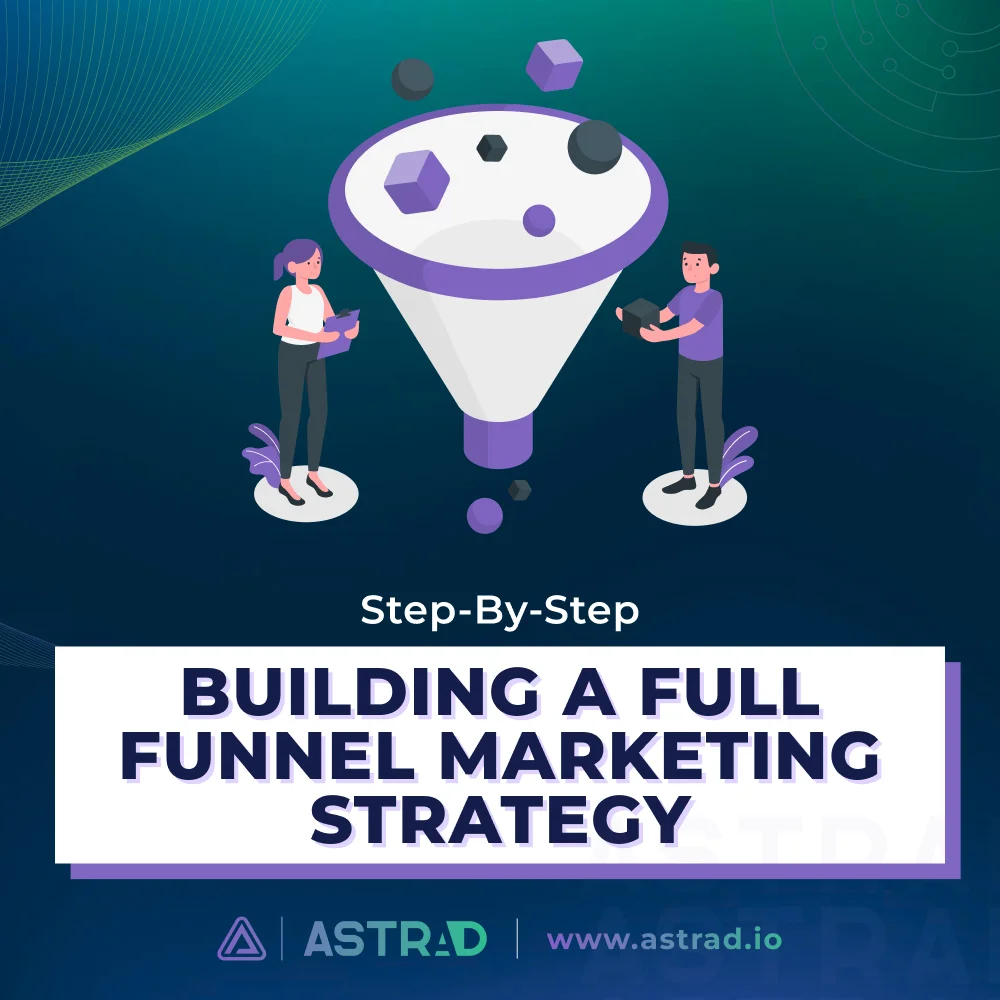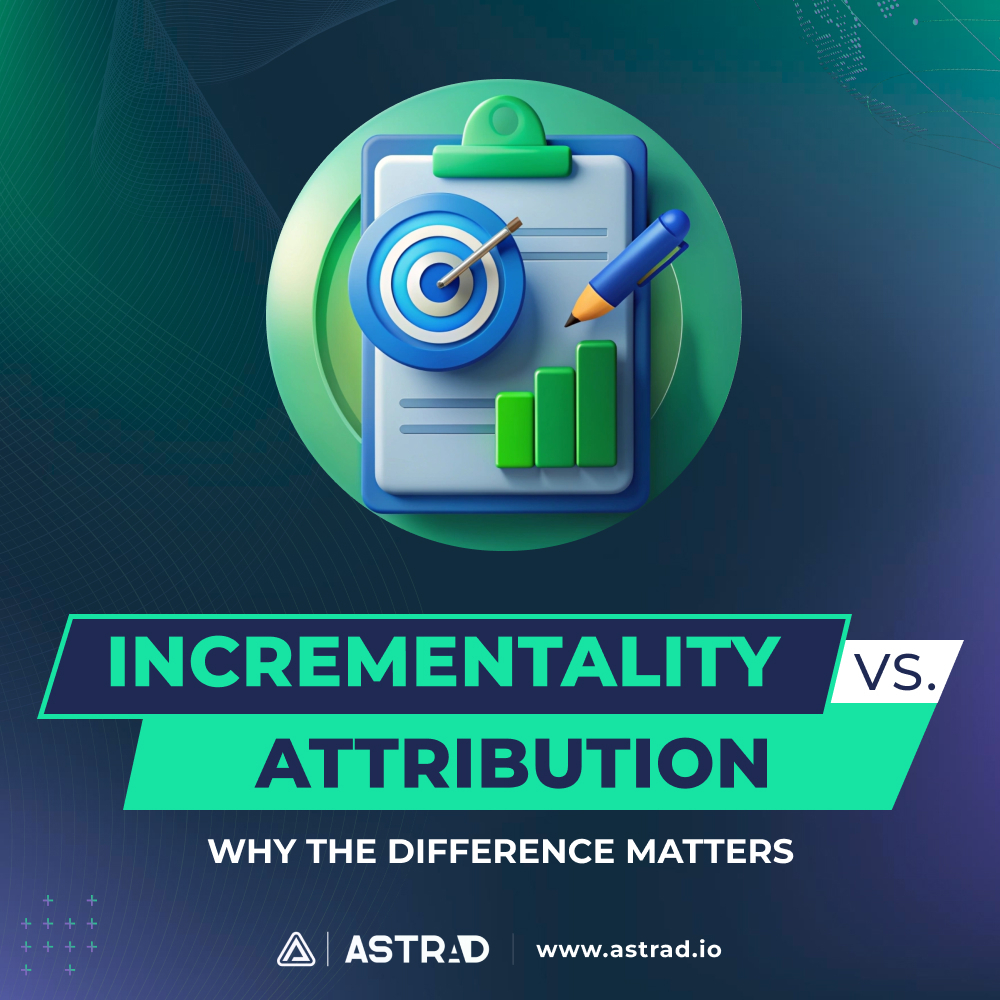A full-funnel marketing strategy is the cat’s meow for engaging and converting customers at every stage of their journey. For making the kill. For not only casting the hook but also grabbing hold of the catch. Let’s explore how to build and optimize a comprehensive strategy that drives long-term growth.
Understanding Full-Funnel Marketing — The Inside Scoop
A full-funnel marketing strategy addresses every stage of the buyer journey — from Awareness to Retention. It takes into account all their psychological tripwires and everything that — on average — a person takes into account and needs in order to become a convert. This approach ensures a seamless customer experience, one that ultimately fosters loyalty and maximizes conversions.
At its core, a full-funnel marketing strategy isn’t just about pushing products but about nurturing relationships — less a salesman speech and more a guidance counselor. By escorting prospects through each stage of the funnel, you build trust and credibility. This partnership makes the eventual conversion more likely.
For example, according to Salesforce, 79% of marketing leads never convert into sales without effective nurturing. The truth is that they need to be taken by the hand and guided to where you want them to go — made aware of the product’s value proposition in such a way that it isn’t insidious or overly “pitchy.”
Steps to Building a Full Funnel Marketing Strategy
Define Your Objectives
Set clear, measurable goals for each full-funnel stage. Align these with your overall business objectives. For example, aim for a 20% increase in lead generation at the Awareness stage and a 15% increase in conversions at the Conversion stage. It’s like a huge filter.
At each stage, your prospects for sales diminish. You start at 100%, and as they progress through that rabbit hole, things tend to go down — how you approach that percentage and what you allow as “casualty rates” is part of your overall objective.
Identify Your Target Audience
Conduct thorough market research to create detailed buyer personas. A very focused and targeted profile. It needs to be exact. What do they buy? How do they talk? Where do they call home? What do they wear? How do they identify? What things do they hold to be true? What causes do they defend? Understanding your audience is crucial for targeted marketing. Tools like HubSpot and Marketo can help in creating comprehensive personas.
Segmenting your audience allows you to tailor your messaging and approach, making your marketing efforts more effective. According to Marketo, companies that use segmented campaigns note a 760% increase in revenue.
Develop Your Messaging and Value Proposition
Craft compelling messages tailored to each funnel stage. Highlight your unique value proposition to stand out. Use A/B testing to determine which messages resonate most with your audience. Talk to friends, do brainstorming sessions, and use AI tools.
By making sure your message addresses the specific needs and pain points of your audience at each stage, you make it more likely to actually make a conversion. For example, during the Awareness stage, focus on educational content that informs and engages, while the Consideration stage should emphasize your product’s unique benefits and solutions.
Select the Right Channels and Tactics
Choose marketing channels that align with each stage of the funnel. Use social media for Awareness, email marketing for Consideration, and retargeting ads for Conversion. Tools like Hootsuite for social media management and Mailchimp for email campaigns can streamline these efforts.
Create Engaging Content for Each Funnel Stage
Develop content that resonates with your audience at different stages. Content that clicks — it’s that simple. “Advertising,” as Mad Men’s Bill Bernbach said, “doesn’t create a product advantage. It can only convey it.”
Your product has its selling points; now, the hard part is to create something that, well, conveys it in the lingo of your target demographic. For Awareness, focus on blog posts and infographics. For Consideration, provide case studies and webinars. For Conversion, use product demos and customer testimonials.
High-quality content is the cornerstone of a successful full-funnel strategy. According to Demand Metric, content marketing generates over three times as many leads as outbound marketing and costs 62% less.
Implement Marketing Automation
Utilize automation tools to streamline your efforts. This makes sure you have consistent communication and nurtures leads through the funnel — use platforms like HubSpot, Marketo, and Pardot. Each one offers a bevy of strong marketing automation features.
Marketing automation can improve lead nurturing by 20%, according to Forrester. Automated workflows ensure timely and relevant communication, enhancing the customer experience.
Track and Measure Performance
Set up KPIs for each stage. You might think your idea is hot — but the numbers and reality say it’s a dud. Use analytics, rubrics, and metrics to track performance and make data-driven decisions. Use objectives like Spock thinking when it comes to your funnels. Google Analytics and Tableau are excellent tools for monitoring and visualizing data.
Optimize and Iterate
Continuously test and refine your strategy. Rinse, repeat, and do it all over again. Getting a good funnel takes time. We’ve had clients that come in thinking they have the equivalent of Avengers: Endgame in their hands when it comes to funnels — only to find out they have, at best, The Marvels. A dud. Then, a bit of shift, a bit of tweaking, and maybe a new POV, and boom, you hit pay dirt. Adjust based on performance data to improve effectiveness. For example, if a particular email campaign isn’t performing, manipulate the subject lines and content to see if it drives better engagement.
Optimization is an ongoing process. Regularly review your data and make necessary adjustments to keep your strategy aligned with your goals. As Winston Churchill famously said, “To improve is to change; to be perfect is to change often.”
Full Funnel Marketing Tactics
A full-funnel marketing strategy is key to driving customer engagement and conversion. By following these steps and continuously optimizing your approach, you can build a robust strategy that supports long-term growth and customer loyalty. As Leonardo da Vinci said, “Simplicity is the ultimate sophistication.” Keep your funnel strategy elegant and refined for the best results. Don’t overthink it.






